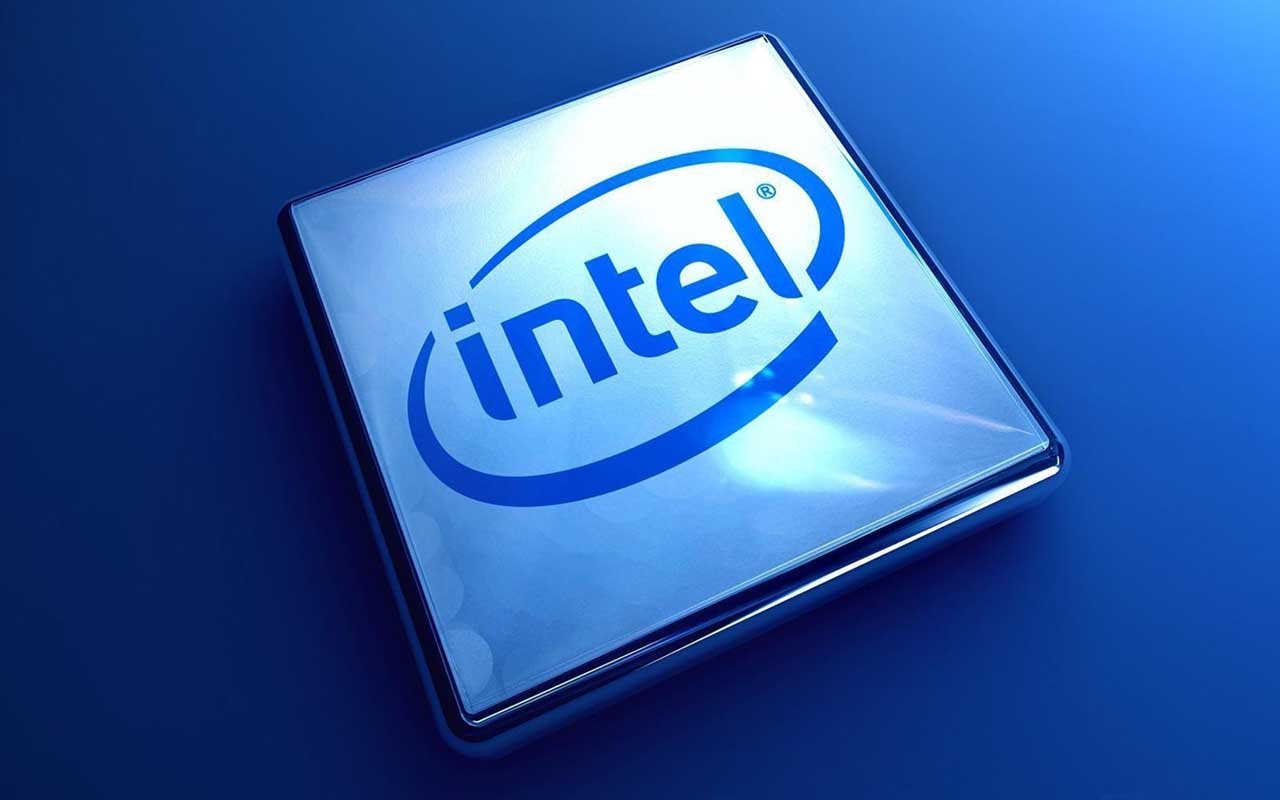Intel Will Receive $7.9 Billion in Federal Funding to Expand Facilities in Oregon and Elsewhere

The chips are falling into place for Intel following yesterday’s announcement by the Commerce Department that the semiconductor manufacturer will receive the first $1 billion of CHIPS Act funding before the end of the year.
Intel will receive a total of $7.9 billion in federal funding to develop, broaden, and update its campuses in Oregon, and three other states.
Intel Clinched a $3 Billion Defense Department Contract
The total package Intel will receive from the Biden Administration is substantially less than the $8.5 billion originally agreed to in March.
The new package has been trimmed because of a $3 billion contract Intel clinched in September to manufacture chips for the Defense Department.
$1.9 Billion Will be Invested at the Hillsboro Hub
In total, Intel will spend $1.9 billion to expand its research facilities in Hillsboro. However, it remains unclear when the Oregon expansion will occur. Hillsboro is the company’s most advanced hub where plans have been made to add a fourth phase to the D1X research factory.
Yesterday’s announcement will relieve some of the uncertainty experienced by employees following Intel’s mass staff cutbacks in the fall – 15,000 jobs across the company, including 1,300 in Hillsboro.
In a separate deal, Intel will receive $115 million from the state for the Hillsboro expansion but commits the company to a staff expansion program of an additional 2,600 positions by early 2029.
Oregon Governor Tina Kotek is an ardent supporter of the semiconductor industry and has introduced various measures to position the state to become a leading force in the high-tech environment.
Oregon Remains Hopeful That It Will Be Awarded the Last CHIPS Act Research Hub
In partnership with Intel, Oregon has been pursuing one of three major research hubs. The Biden administration has already awarded two of the hubs to New York and California, but Oregon remains hopeful that it will be given the third CHIPS Act- funded hub in Hillsboro.
To safeguard its investment, the Commerce Department set milestones to qualify for funding. Companies must build a plant, produce chips, and sign up customers for the domestically produced products. However, Intel’s ongoing financial struggles have complicated negotiations.
Sources have indicated that the final location will be announced by the Commerce Department by mid-December.
However, cooling relations between the Biden administration and Intel, together with increased and intense competition from other states, places Oregon’s bid in jeopardy.
Another reason for the Biden administration’s concern is the decision by Intel to postpone pushback planned investments at its Ohio plant to the end of the decade instead of in 2025. The decision is seen as an indicator that Intel is reducing costs to relieve growing financial pressure.
There have been rising concerns about Intel’s ability to compete with semiconductor industry leader, the Taiwan Semiconductor Manufacturing Co.
Earlier this month, the Commerce Department announced the final terms of a $6.6 billion grant to TSMC, the Taiwanese chip manufacturer, to construct factories in Arizona.
Intel’s microprocessors are used in data centers and PCs, while competitors have shifted focus to artificial intelligence.
The governor, and Intel, should know in less than three weeks if efforts to win the third chip research hub will be successful. If Oregon gets the nod, it will inject billions of dollars into the local economy, boost employment, and establish the state as a leader in the semiconductor industry.
